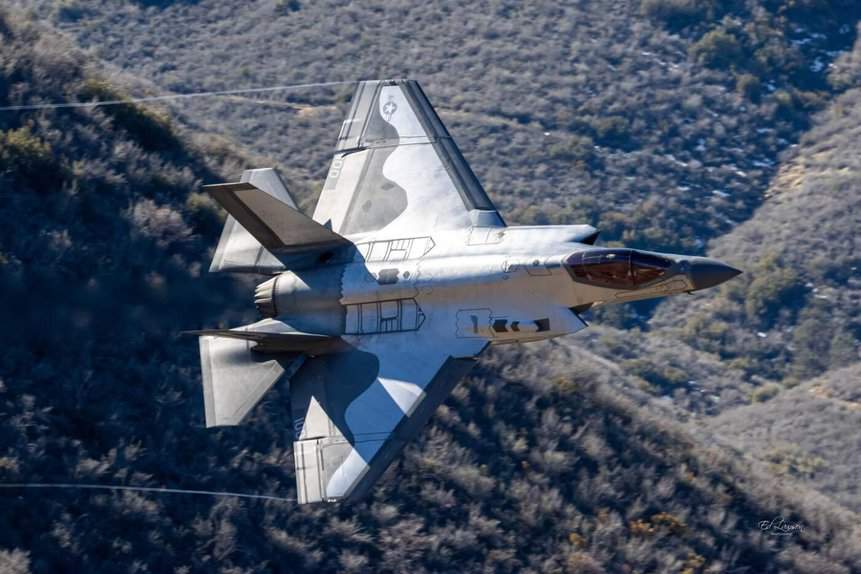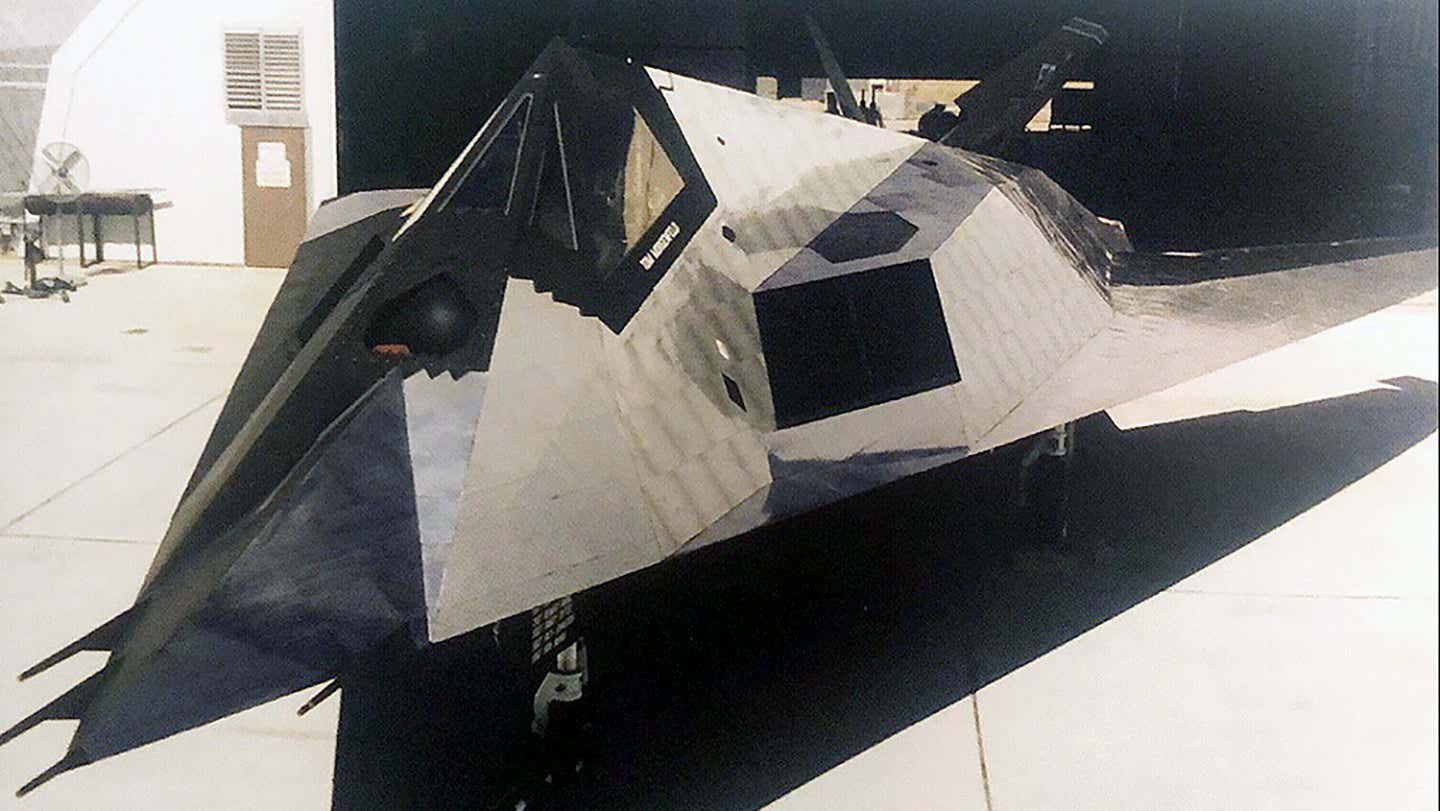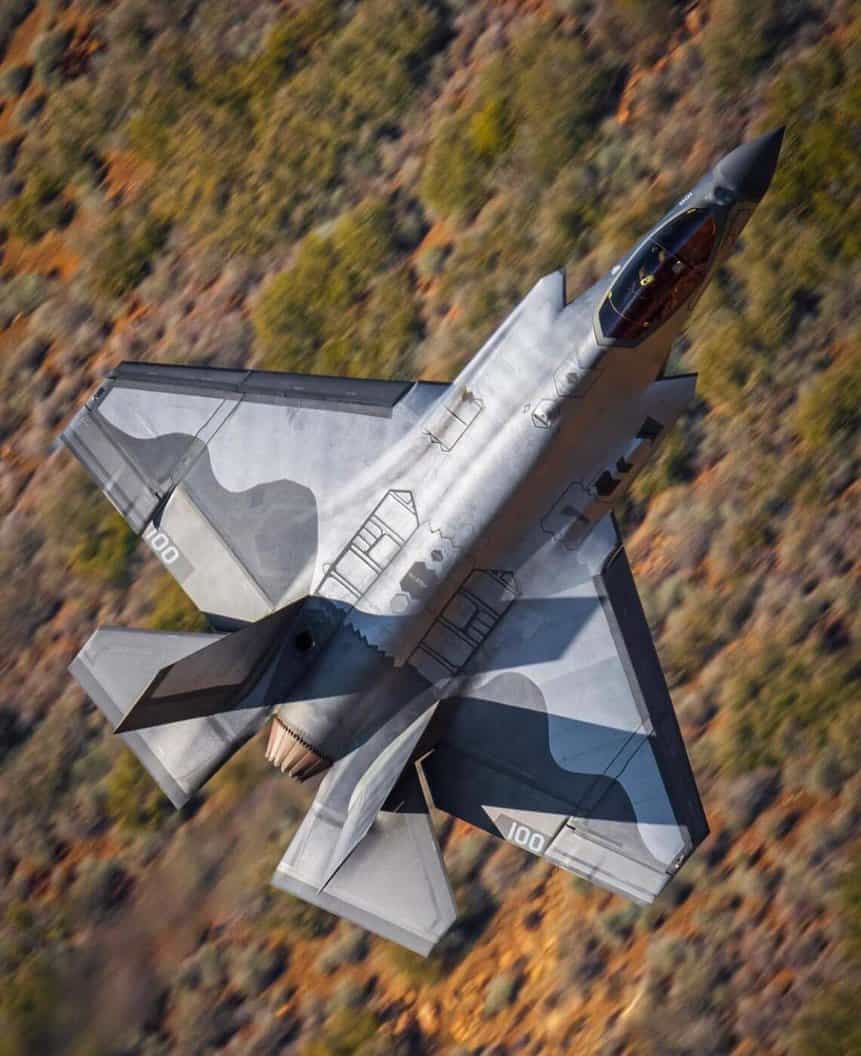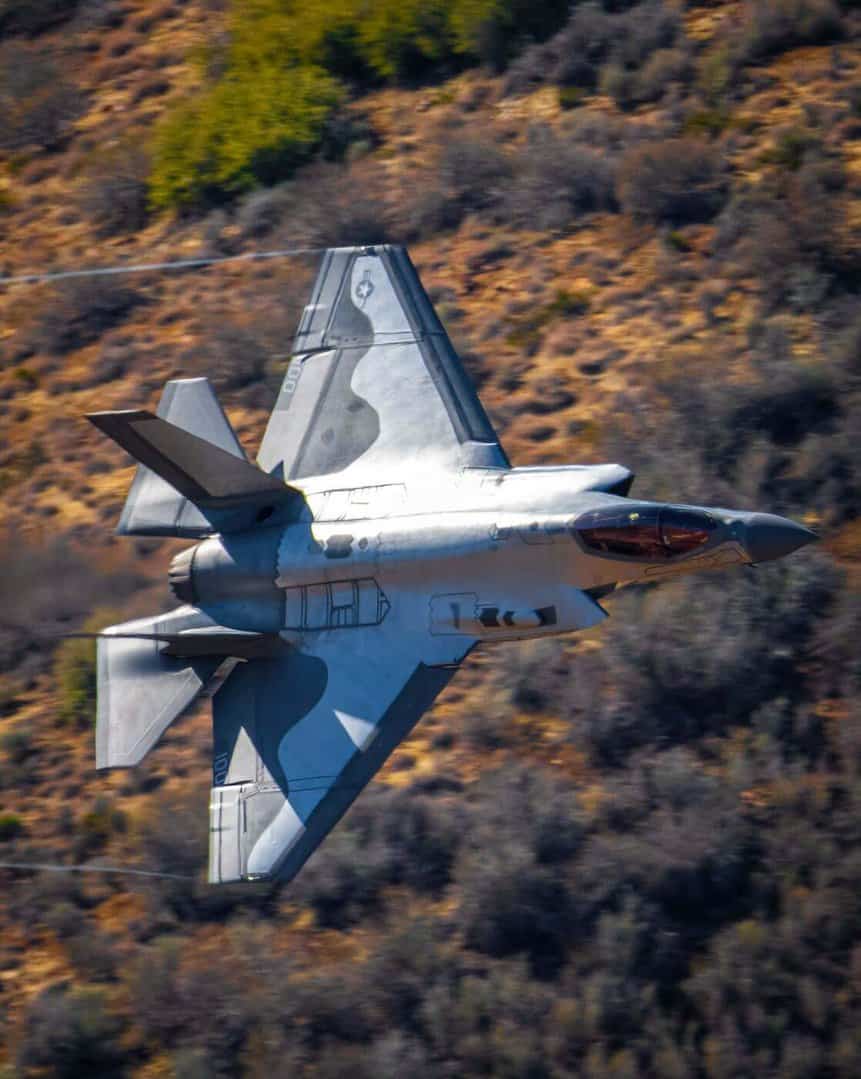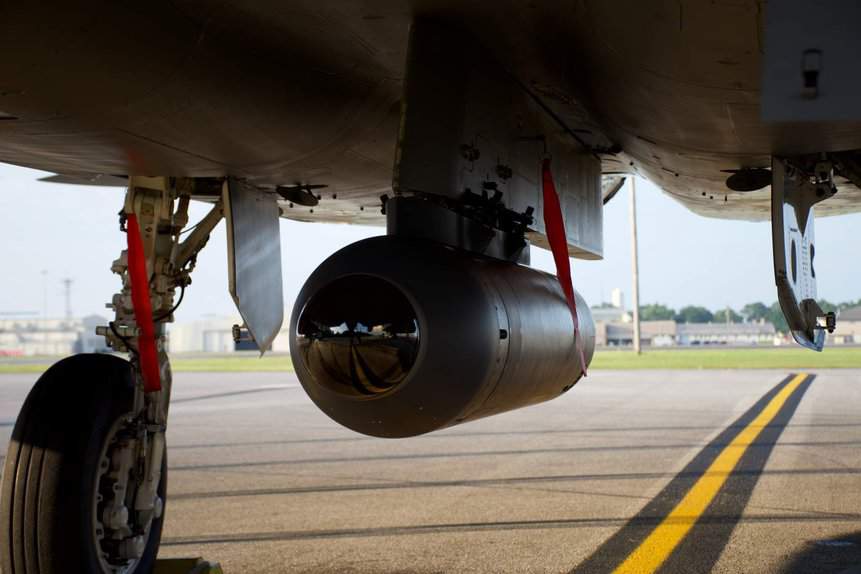A US Navy F-35 Lightning II fighter and an F-117 Nighthawk attack jet were spotted flying around in a strange chrome covering. The stealth aircraft were captured by photographers in California.
The appearance of the two stealth jets comes after an F-22A Raptor from Nellis Air Force Base (Nevada) surfaced with a metallic coating in November last year. The metallic jet has since been called the Zombie Raptor.
According to The War Zone, the “chrome” covers may suggest some kind of testing campaign related to the development of IRST systems (Infrared Search and Track), a passive heat-seeking sensor.
https://t.co/wYopg74tTr pic.twitter.com/zhrMvwfpde
— 笑脸男人 (@lfx160219) January 22, 2022
Despite being officially retired by the USAF in 2008, the F-117 Nighthawk, America's first stealth jet, continues to operate. Some aircraft units are used to simulate stealth cruise missiles or as Aggressor aircraft, emulating enemy planes for training other crews.
A photographer managed to capture the mirror-finish F-117 as it flew over Eureka Dunes in the Saline Military Operation Area (MOA) on the California-Nevada border. The aircraft was accompanied by another F-117 with the standard black paint job. The two planes were flying low in the region, making several overflights close to where the photographer was.
The aircraft is not completely “restyled”. The mirror coating covers the leading edges, empennage and upper part of the fuselage, while the belly is still painted black.
This is not the first time that the F-117 has sported such a coating, notes the portal. In the early 1990s, a mirror metallic finish was tested on an F-117 under the SENIOR SPUD program. That program sought ways to significantly reduce Nighthawk's infrared signature and was likely a progenitor of what we are seeing today. Now, nearly 30 years later, the 'Black Jet' is back in a silver cover again.
While the F-117 had used the chrome plating for 30 years, this is the first time an F-35 has been seen with the shroud. Spotter Elijah Delgadillo (@eli_aviation on Instagram) recorded on 20/01/2022 an F-35C from the VX-9 Vampires test squadron sporting the chrome plating while flying low over the Sidewinder crossing in Sequoia National Park, California.
View this photo on Instagram
According to the website, this could indicate that the evaluation program is taking place jointly between the two armed forces or each institution is conducting an independent project.
The overall metallic skin layout seen on the F-35 is almost identical to that seen on the F-22, including the scalloped edges in the middle of the wing. However, the latest images show that the coating appears to be translucent, allowing jet marks to show below the coating, but only from certain angles. That makes sense considering how the coating goes from polished to matte to a little glossy, depending on which aspect you look at it.
As on the F-22, the F-35's radar-absorbing material (RAM) coating plays a key role in its ability to drastically reduce the range at which radars – especially those associated with fire control – can detect and track them. them.
View this photo on Instagram
On the F-22, you can see that the finish is clearly unique, composed of a mosaic of small custom tiles in some places and large leaf-like areas in others, acting as a coating over the plane's paintwork.
Although the USAF has already vaguely commented on the matter, the biggest speculation at the moment is that the metallic coverings are part of a test campaign to reduce the effectiveness of the infrared search and tracking systems. Such sensors have already been present in Russian fighters for decades and have proliferated, being used in most of the planes of the countries that the US may eventually face.
IRST are completely passive sensors, searching the infrared spectrum of an aircraft to find and track it. In this way, stealth technology becomes basically useless against an IRST sensor, as it acts to reduce the radar signature of an aircraft. Research in the area has made the IRST increasingly advanced, making life difficult for even the most modern fighters like the F-35 and F-22.
Only now is the US integrating modern IRST sensors into its fighters via pods, with the F/A-18 Super Hornet using the IRST 21, while the F-15 and F-16 are receiving the legion pod. The USAF is also looking to integrate an IRST into the F-22, something that was envisaged for the jet during its inception but ended up not going ahead for cost reasons.
Regardless of what it actually is, the metallic coating testing program is expanding. The fact that more aircraft models are testing the chrome covering indicates that, if it is found to be effective, more aircraft should be seen with the new “dress”.
Do you want to receive our news firsthand? Click Here and be part of our Group on Whatsapp or Telegram.

